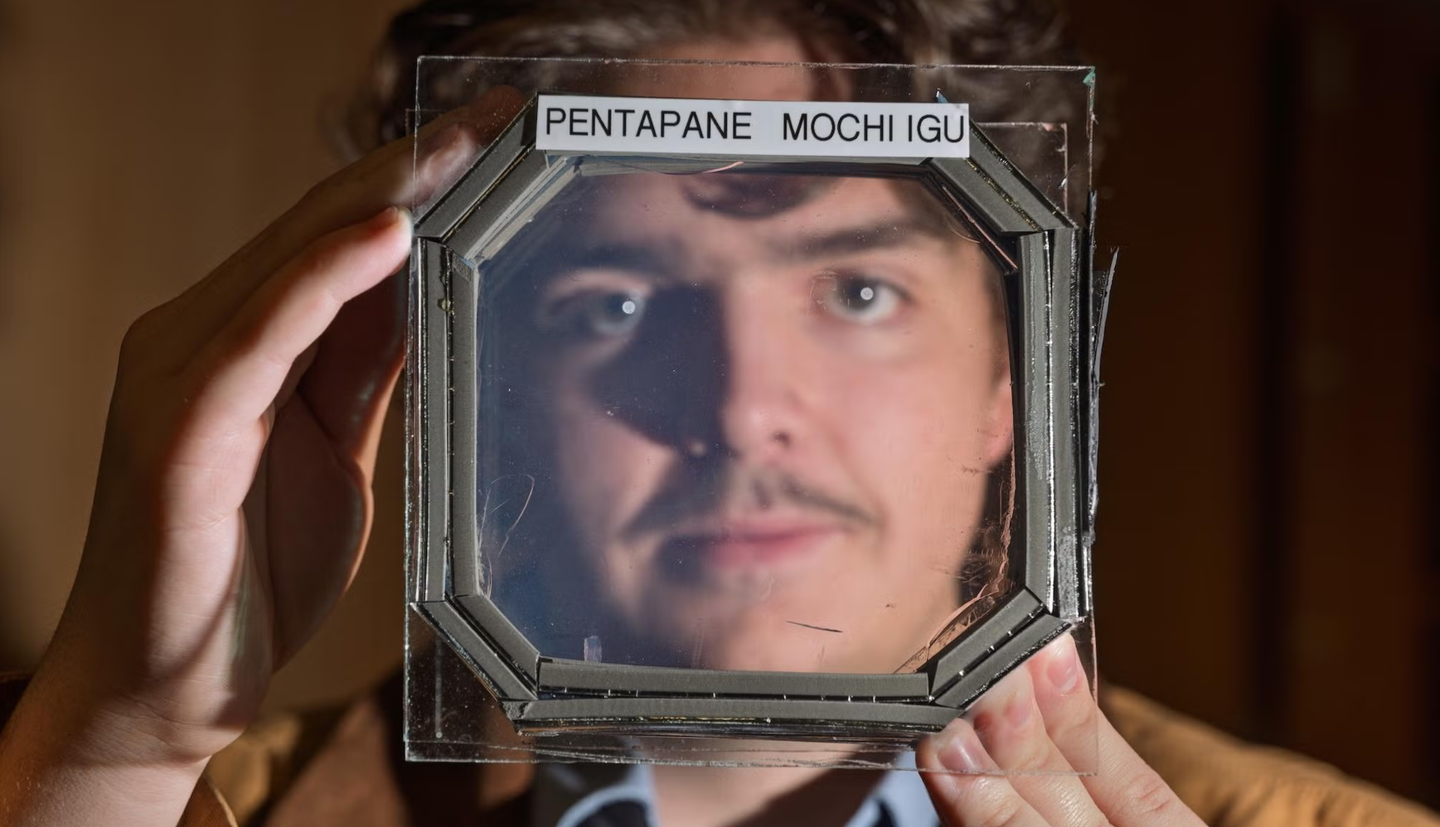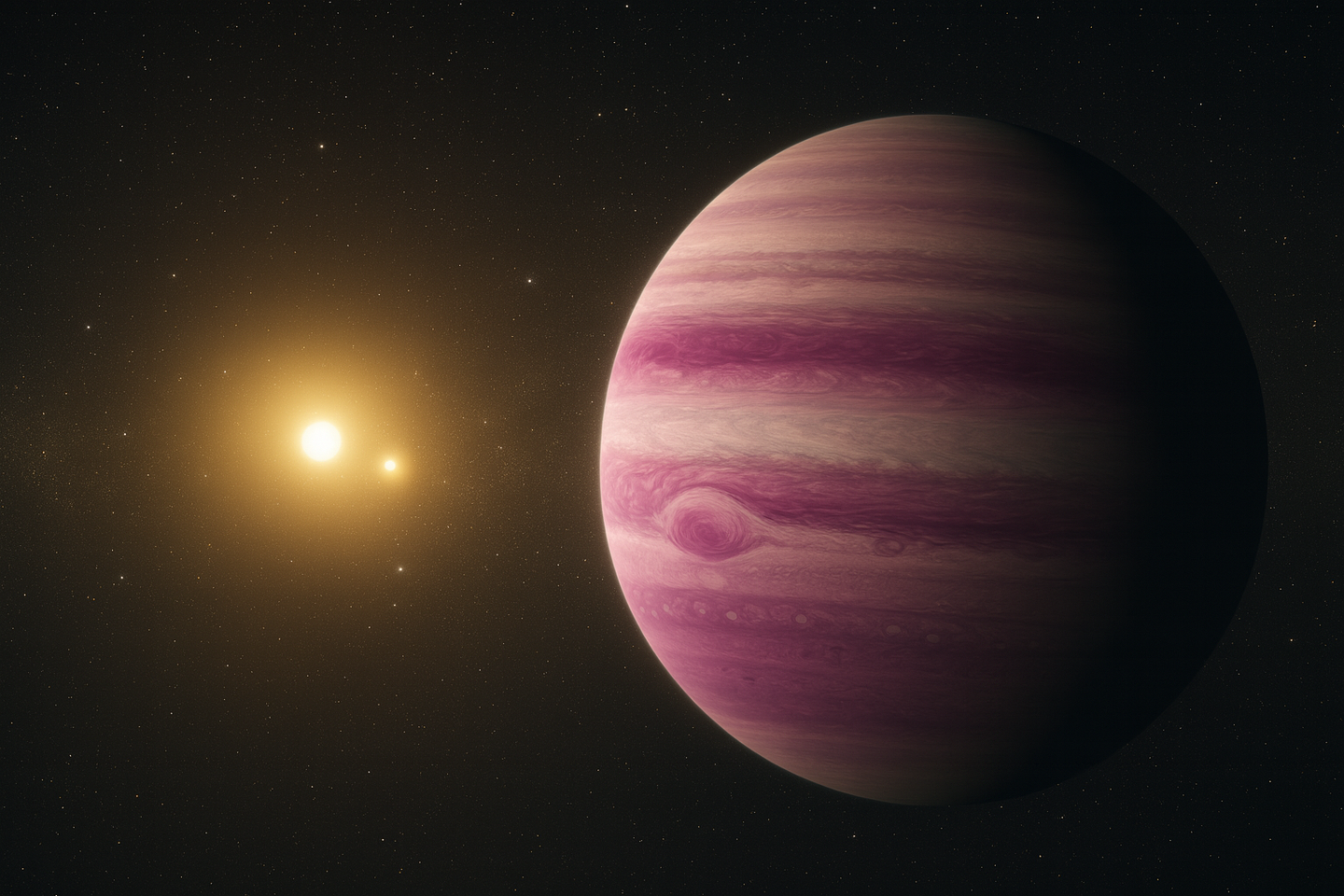Scientists discover how life on Earth began 1.75 billion years ago
Newly discovered fossils push the origins of oxygenic photosynthesis back 1.75 billion years, highlighting cyanobacteria’s role in Earth’s evolution.

Cyanobacteria were among the first organisms to transition to oxygenic photosynthesis, using specialized cell structures called thylakoid membranes. (CREDIT: bpak nz)
The story of life on Earth is deeply intertwined with the evolution of photosynthesis, a process that transformed the planet’s environment and paved the way for complex life. At the heart of this story are cyanobacteria, ancient microorganisms whose innovation in oxygenic photosynthesis marked a turning point in Earth’s history.
A recent study has unveiled the oldest direct evidence of oxygenic photosynthesis structures, preserved within fossilized bacteria found in Australia and Canada. These fossils, dated to 1.75 billion years ago, have shifted our understanding of the timeline for this life-sustaining process, pushing its origins back by at least 1.2 billion years.
This discovery sheds light on the evolutionary leap that allowed cyanobacteria to harness sunlight, water, and carbon dioxide to produce oxygen—a breakthrough that fundamentally altered Earth’s atmosphere and ecosystems.
The Origins of Oxygenic Photosynthesis
Photosynthesis, in its earliest form, likely emerged around 3.5 billion years ago as anoxygenic photosynthesis, a process that did not produce oxygen. Cyanobacteria were among the first organisms to transition to oxygenic photosynthesis, using specialized cell structures called thylakoid membranes.
These dense, lamellar membranes of fats and proteins serve as the site where light energy is converted into chemical energy, releasing oxygen as a byproduct.
The appearance of oxygen-producing cyanobacteria triggered the Great Oxygenation Event (GOE) approximately 2.4 billion years ago. This event marked a dramatic shift in Earth’s atmospheric composition, enabling the diversification of aerobic life and laying the groundwork for complex ecosystems.
Related Stories
Over time, cyanobacteria became the ancestors of chloroplasts, the organelles responsible for photosynthesis in modern plants and algae.
Dr. Emmanuelle Javaux, a co-author of the recent study from the University of Liège in Belgium, explains, "Their production of oxygen profoundly modified the chemistry of Earth’s oceans and atmosphere, and the evolution of the biosphere, including complex life."
Fossilized Evidence of Ancient Photosynthesis
The study provides the earliest direct evidence of thylakoid membranes, discovered in bacteria fossils from the McDermott Formation in Australia and the Grassy Bay Formation in Arctic Canada.
These fossils represent a significant leap from previous records, which only documented thylakoids in fossils 150 to 550 million years old. The fossils were examined through meticulous techniques involving resin embedding, ultra-thin slicing, and electron microscopy.
Despite their immense scientific value, fossilized bacteria are rare due to their soft-bodied nature, which makes preservation challenging. Dr. Robert Blankenship, a professor at Washington University in St. Louis, notes, "Soft-bodied organisms like bacteria don’t preserve well in the fossil record, and their internal structures are even harder to detect."
The preserved thylakoid membranes, no wider than a human hair, provide a unique glimpse into the cellular architecture of these ancient microorganisms. Their discovery highlights the persistence of cyanobacteria’s photosynthetic mechanisms, which are strikingly similar to those found in plants today.
The rise of cyanobacteria and their ability to produce oxygen marked a turning point in Earth’s evolutionary history. The GOE led to the development of oxygen-rich niches that supported the diversification of aerobic life, including eukaryotes. This transition also catalyzed the evolution of photosynthetic protists, multicellular algae, and land plants.
However, many aspects of this evolutionary timeline remain unresolved. Did oxygenic photosynthesis predate the GOE, or did it emerge during or after this transformative event? Blankenship suggests that oxygen production might have begun earlier, with levels taking millions of years to accumulate in the atmosphere.
Implications for Life Beyond Earth
The implications of this discovery extend beyond understanding Earth’s history. By studying the origins of photosynthesis, scientists aim to identify potential biosignatures on other planets. In collaboration with NASA, Blankenship has explored how photosynthesis might appear under stars emitting different wavelengths of light than our sun.
This research underscores the universal significance of photosynthesis as a life-enabling process. As Javaux emphasizes, "These findings provide valuable insights into the evolution of complex life on Earth and the potential for photosynthesis elsewhere in the universe."
While the discovery of ancient thylakoid membranes represents a significant milestone, questions about the evolutionary pathways of photosynthesis persist. Further studies of older microfossils, using advanced techniques, could unlock additional secrets of this pivotal process.
The fossil record may hold the answers to whether oxygen-producing photosynthesis emerged before, during, or after the GOE. As scientists continue to uncover these microscopic remnants of ancient life, the story of Earth’s transformation into a habitable world becomes increasingly clear.
Note: Materials provided above by The Brighter Side of News. Content may be edited for style and length.
Like these kind of feel good stories? Get The Brighter Side of News' newsletter.



